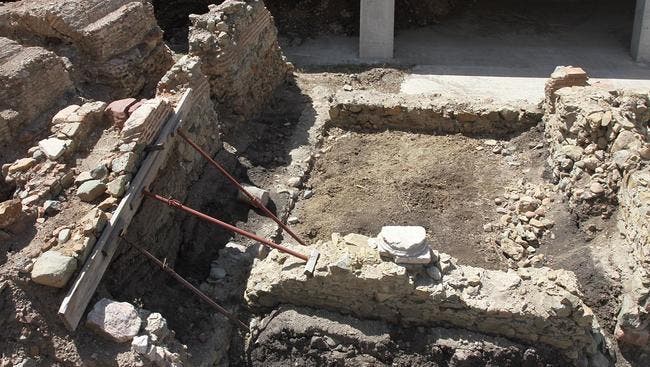Archaeologists working in Bulgaria have confirmed that they uncovered the oldest prehistoric town in Europe. The town was likely home to some 400 people and dates back to between 4700 and 4200 BC – about 1,500 years before the emergence of the Greek civilization.

The walled fortified settlement was unearthed close to the modern city of Provadia, and it’s believed its main function was a salt mining complex; salt was an extremely valuable commodity, and residents boiled water from a local spring and used it to create salt bricks, which were used to preserve meat and were also traded. Because salt was so valuable, locals had to build walls around their town for protection.
[Also Read: Bulgarian Archaeologists Find Golden Treasure]
Excavations have already revelaed the remains of two-storey houses, a series of pits used for rituals, as well as parts of a gate and bastion structures.. A small necropolis (burial ground) was also discovered in the area earlier this year, and archaeologists are working hard to put the puzzle pieces together.
“We are not talking about a town like the Greek city-states, ancient Rome or medieval settlements, but about what archaeologists agree constituted a town in the fifth millennium BC,” Vasil Nikolov, a researcher with Bulgaria’s National Institute of Archaeology, said in a press release.
It’s not just that the city was extremely old, but the walls are also spectacular – unprecedented for that time in the area.
“The huge walls around the settlement, which were built very tall and with stone blocks… are also something unseen in excavations of prehistoric sites in south-east Europe so far,” he said.
Similar salt mines were discovered near Tuzla in Bosnia and Turda in Romania, helping us get a better idea of how people lived and what they mined in those times. Excavation of the site has been in progress since 2005, and we also reported the progress in 2012. Now, all the data and discoveries are starting to come into place.






